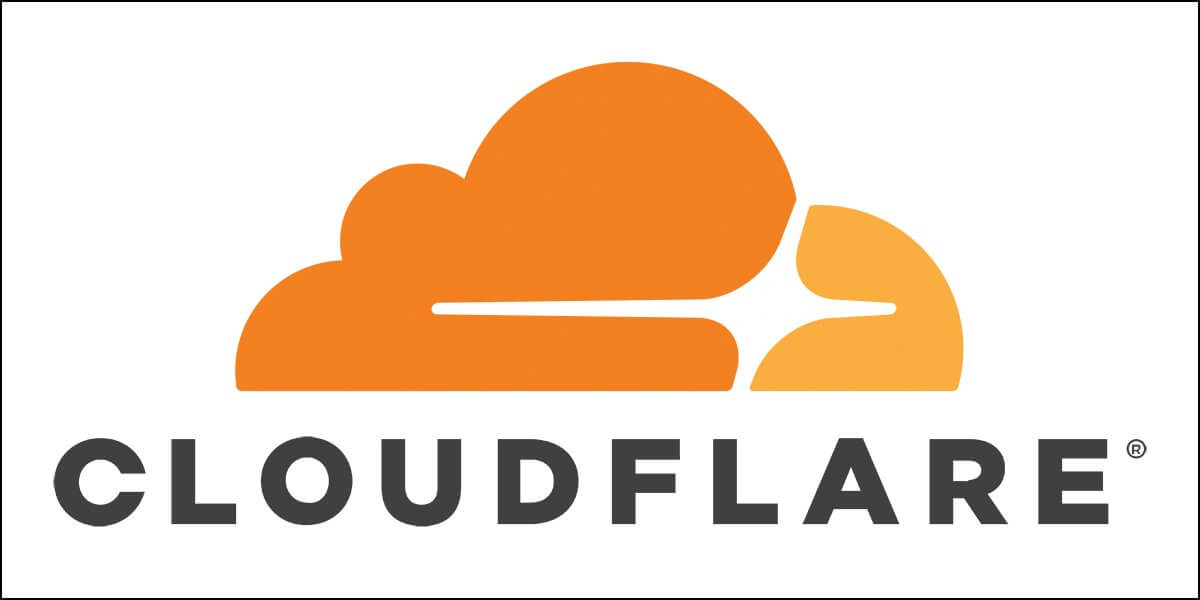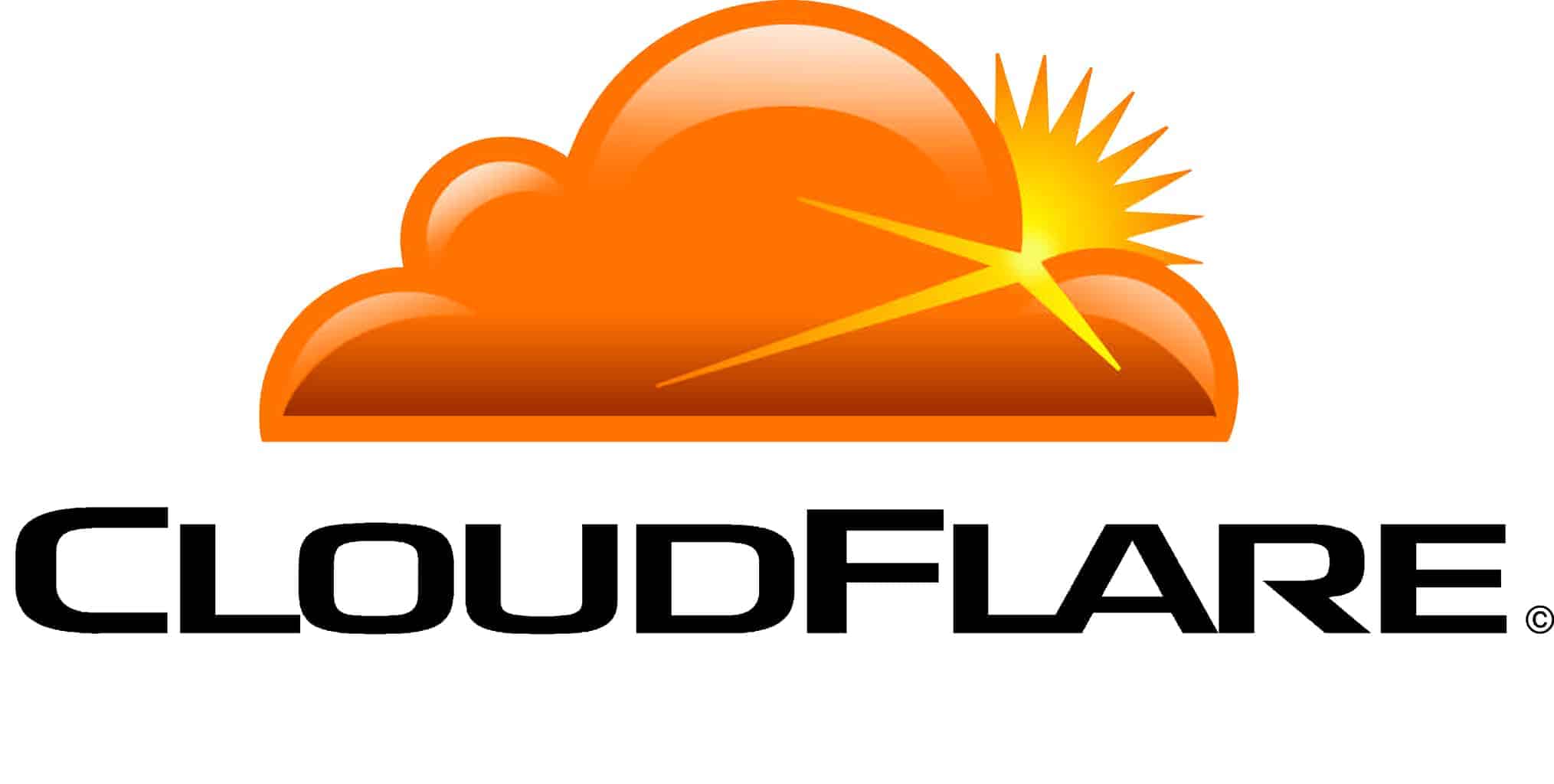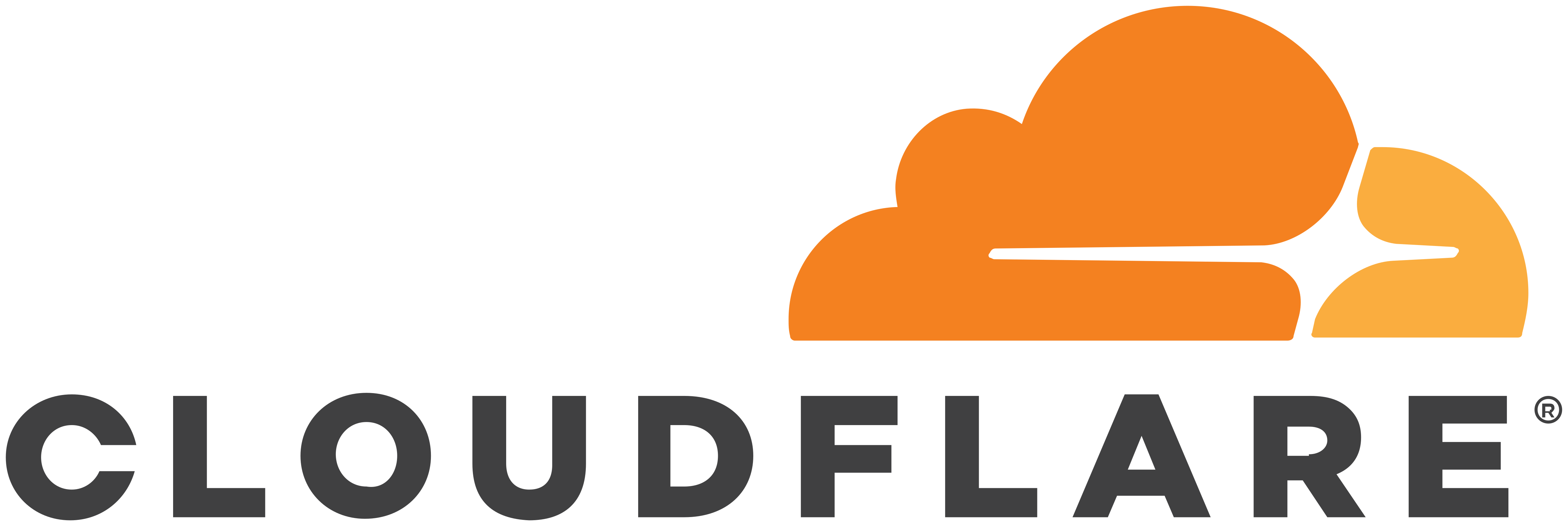Cloudflare’s Role in Enhancing Digital Media Distribution

Cloudflare is a global cloud-based content delivery network (CDN) and distributed domain name system (DNS) provider. It plays a crucial role in enhancing digital media distribution by providing several key services that optimize the delivery of media content to end-users.

1. Content Delivery Network (CDN):

Cloudflare operates a vast network of data centers located globally. When a user requests a media file, Cloudflare’s CDN automatically caches the file on its nearest data center. Subsequent requests for the same file are then served from this data center, significantly reducing latency and improving load times.
2. Distributed DNS:
Cloudflare’s distributed DNS resolves domain names to IP addresses. By using Cloudflare’s DNS, media providers can ensure that end-users are always directed to the nearest Cloudflare data center, further reducing latency and improving media delivery efficiency.
3. Web Optimization:
Cloudflare offers various web optimization services, such as image compression and minification, which reduce the size of media files. This optimization results in faster load times and improved user experience, particularly on mobile devices.
4. Security Enhancements:
Cloudflare provides advanced security measures, such as DDoS protection and malware scanning, to protect media providers from cyberattacks. By mitigating security threats, Cloudflare ensures reliable and secure media distribution.
5. Traffic Management and Analytics:
Cloudflare offers traffic management and analytics tools that allow media providers to monitor and control media traffic. These tools provide insights into media consumption patterns and help optimize media delivery strategies.
Benefits of Using Cloudflare for Digital Media Distribution:
- Reduced Latency and Improved Load Times: Cloudflare’s CDN and DNS services significantly reduce latency and improve load times, providing a seamless media experience.
- Increased Reliability and Availability: Cloudflare’s global network ensures high availability and reliability for media distribution, even during peak traffic periods.
- Enhanced Security: Cloudflare’s security measures protect media providers from cyber threats, ensuring secure media delivery.
- Optimized Media Delivery: Cloudflare’s web optimization services and traffic management tools help optimize media delivery strategies, improve performance, and reduce costs.
- Improved User Experience: By enhancing media delivery performance, Cloudflare improves the user experience by reducing buffering and interruptions.## Cloudflare’s Role In Enhancing Digital Media Distribution
Executive Summary
Cloudflare is a cloud-based content delivery network (CDN) and security provider that helps businesses improve the performance, security, and reliability of their websites and online applications. Cloudflare’s CDN caches content on servers around the world, so that it can be delivered to users quickly and efficiently. Cloudflare also offers a range of security features, such as DDoS protection, web application firewall, and bot management.
Cloudflare’s services can be used to improve the performance and security of any type of website or online application. However, Cloudflare is particularly well-suited for websites and applications that deliver large amounts of digital media, such as videos, images, and music.
Introduction
The internet has revolutionized the way we consume media. In the past, we had to wait for our favorite TV shows and movies to air on television or go to the movie theater. Now, we can stream them instantly on our computers, smartphones, and tablets. The same is true for music. We can now listen to our favorite songs on demand, without having to buy a CD or download an MP3 file.
This shift to online media consumption has created a number of challenges for businesses. One challenge is the need to deliver content quickly and efficiently to users around the world. Another challenge is the need to protect content from unauthorized access and distribution.
Cloudflare can help businesses address both of these challenges. Cloudflare’s CDN can cache content on servers around the world, so that it can be delivered to users quickly and efficiently. Cloudflare also offers a range of security features, such as DDoS protection, web application firewall, and bot management, to help businesses protect their content from unauthorized access and distribution.
FAQs
Q: What is Cloudflare?
A: Cloudflare is a cloud-based content delivery network (CDN) and security provider that helps businesses improve the performance, security, and reliability of their websites and online applications.
Q: How does Cloudflare work?
A: Cloudflare caches content on servers around the world, so that it can be delivered to users quickly and efficiently. Cloudflare also offers a range of security features, such as DDoS protection, web application firewall, and bot management.
Q: What are the benefits of using Cloudflare?
A: Cloudflare can help businesses improve the performance, security, and reliability of their websites and online applications. Cloudflare can also help businesses save money on bandwidth and infrastructure costs.
Key Subtopics
CDN
A content delivery network (CDN) is a system of servers that deliver content to users based on their geographic location. This can improve the performance of a website or online application by reducing the distance that content has to travel to reach the user.
- Edge servers: Edge servers are located in data centers all over the world. When a user requests content from a website or online application, the content is delivered from the edge server that is closest to the user.
- Caching: Edge servers cache content from websites and online applications. This means that when a user requests content that has already been cached, the content can be delivered to the user immediately, without having to be retrieved from the origin server.
- Load balancing: Load balancing is a technique that distributes traffic across multiple servers. This can help to improve the performance of a website or online application by reducing the load on any one server.
Security Features
Cloudflare offers a range of security features to help businesses protect their websites and online applications from unauthorized access and distribution. These features include:
- DDoS protection: DDoS protection is a service that protects websites and online applications from distributed denial of service (DDoS) attacks. DDoS attacks are attempts to overwhelm a website or online application with so much traffic that it becomes unavailable.
- WAF: A web application firewall (WAF) is a security feature that protects websites and online applications from attacks such as SQL injection and cross-site scripting (XSS).
- Bot management: Bot management is a service that helps businesses identify and block malicious bots from accessing their websites and online applications.
Data Center Network
Cloudflare operates a global data center network that spans more than 200 cities in over 100 countries. This network provides Cloudflare with the capacity to deliver content to users around the world quickly and efficiently.
- Edge nodes: Cloudflare’s data center network is made up of edge nodes, which are located in data centers all over the world. Edge nodes cache content from websites and online applications, and they also provide the first line of defense against DDoS attacks.
- Backbone network: Cloudflare’s backbone network connects the edge nodes together. The backbone network is a high-capacity network that is designed to handle large amounts of traffic.
- Global presence: Cloudflare’s data center network has a global presence, which means that Cloudflare can deliver content to users around the world quickly and efficiently.
Network Optimization
Cloudflare offers a range of network optimization features to help businesses improve the performance of their websites and online applications. These features include:
- HTTP/2 and HTTP/3: HTTP/2 and HTTP/3 are newer versions of the HTTP protocol that offer improved performance. Cloudflare supports HTTP/2 and HTTP/3, which can help to improve the performance of websites and online applications.
- QUIC: QUIC is a new transport protocol that is designed to improve the performance of web traffic. Cloudflare supports QUIC, which can help to improve the performance of websites and online applications.
- TCP Fast Open: TCP Fast Open is a technique that can improve the performance of TCP connections. Cloudflare supports TCP Fast Open, which can help to improve the performance of websites and online applications.
Analytics
Cloudflare offers a range of analytics features to help businesses track the performance of their websites and online applications. These features include:
- Real-time analytics: Cloudflare provides real-time analytics that show businesses how their websites and online applications are performing.
- Historical analytics: Cloudflare provides historical analytics that show businesses how their websites and online applications have performed over time.
- Geo analytics: Cloudflare provides geo analytics that show businesses where their website and online application traffic is coming from.
Conclusion
Cloudflare can help businesses improve the performance, security, and reliability of their websites and online applications. Cloudflare’s services are particularly well-suited for websites and applications that deliver large amounts of digital media.
Keyword Tags
- Cloudflare
- Content Delivery Network
- CDN
- Security
- Performance
- Reliability
